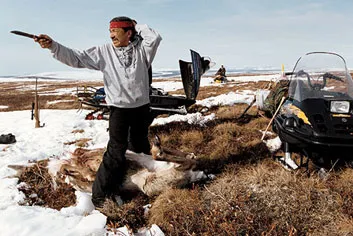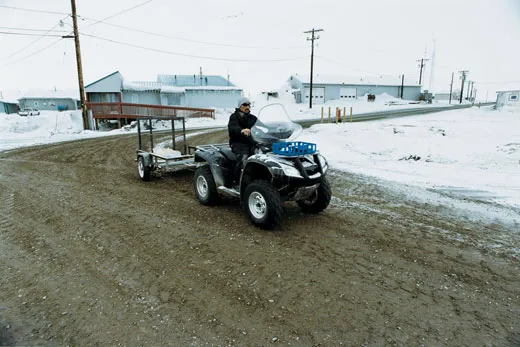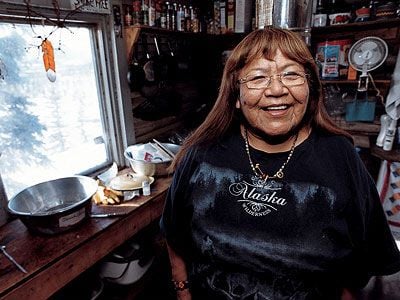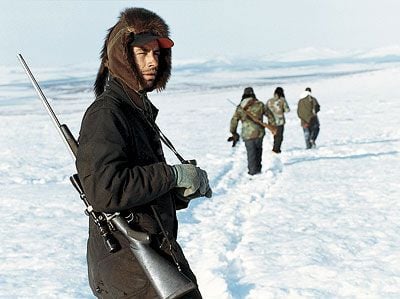ANWR: The Great Divide
The renewed debate over drilling for oil in Alaska’s Arctic National Wildlife Refuge hits home for the two Native groups nearest the nature preserve
The Porcupine River caribou herd has become the unlikely focus of one of the most intractable and divisive environmental debates in our nation's history: whether the Arctic National Wildlife Refuge, or ANWR, should be opened up for oil exploration. Down in the lower 48, the tangle between oil industry proponents and environmentalists, between Republicans and Democrats and between conservatives and liberals over ANWR centers on issues of energy self-sufficiency versus preservation of a pristine wilderness. But above the Arctic Circle, the debate is less abstract, with two Native Alaskan peoples locked in a complex dispute over oil development on the coastal tundra.
On one side are the militantly traditionalist Gwich'in—7,000 people living in 15 settlements scattered along the caribou's migration route between northeastern Alaska and the Canadian Yukon. On the other are roughly 9,000 Inupiat Eskimo, whose once-ramshackle coastal villages have been transformed into modern communities with schools, clinics and indoor plumbing since oil started flowing from Alaska's North Slope in the late 1970s. Though the coastal plain where oil proponents wish to drill takes up a relatively small corner of the 19.6 million-acre refuge, conservationists describe it as ANWR's most important and environmentally sensitive area. The Gwich'in call it the "sacred place where life begins." An idyllic nursery for the nearly 40,000 caribou calves born here each year, the plain also happens to sit atop what is believed to be billions of barrels of untapped oil.
The Gwich'in fear that drilling in ANWR will put an end to their existence as subsistence caribou hunters, while the Inupiat worry that without development of ANWR's gas and oil reserves, the money to support their modern comforts will disappear. Inupiat Oliver Leavitte says, "We just want our lives to be a lot easier but to still keep our traditions." But Gwich'in Danny Gemmill sums up his people's fears. He pointed north, out over the top of the spruce trees, over the distant Brooks Range, in the direction of the refuge. "No one knows what will happen if they open it up," he said. "Maybe we won't see the caribou again for 1,000 years."



